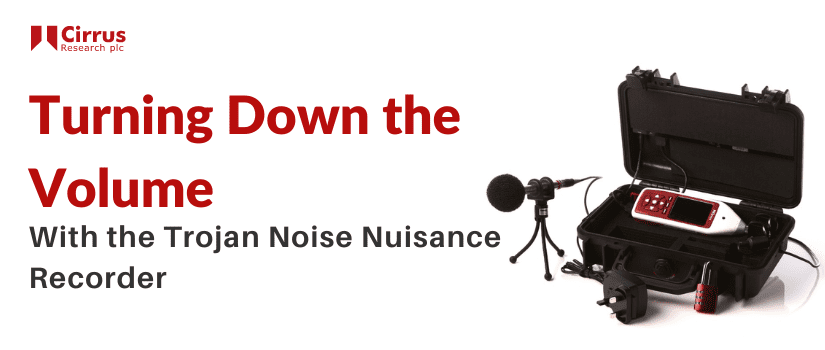If you’re new to health and safety and aren’t sure what the Control of Noise at Work Regulations mean for your workplace, or you simply want to ensure you’re fully compliant, then this blog is the one for you.
In this blog, we will discuss what the Control of Noise at Work Regulations are, who they affect, and how you can ensure that you’re doing everything you can to limit the risk of excessive noise exposure to employees and fines to your business.
What are the Control of Noise at Work Regulations (2005)?
The Control of Noise at Work Regulations were introduced in the UK in 2005 and came into force in 2006 for most UK employers. Those operating in the entertainment industry became covered by the Regulations in 2008.
These Regulations require employers to:
- Assess the risks to employees from noise at work
- Take action to reduce the noise exposure that produces risks
- Provide employees with hearing protection where noise levels cannot be reduced
- Make sure the legal limits on noise exposure are not exceeded
- Provide employees with information and training on how to mitigate and manage their own risk
- Carry out health surveillance where there is a risk to health
How do I know if there’s a noise problem in my workplace?
You will most likely need to do something about the noise in your workplace if any of the following apply:
- The noise is intrusive
- Your employees must raise their voices to carry out a normal conversation 2m apart
- Your employees use noisy power tools or machinery for more than half an hour each day
- Your sector is known to have noisy tasks
- There are noises due to impacts, explosive sources, or detonators etc.
What do I need to do?
If any of the above statements apply, it is more than likely that you will need to take further action. As an employer or health and safety officer, you should carry out a risk assessment to decide what action is required and develop a plan.
Your risk assessment should:
- Identify when there may be a risk from noise and who is likely to be affected
- Contain an estimate of your employees’noise exposure level (you can find out more about these limits in this blog)
- Identify what you need to do to comply with the law
- Identify any employees who need to be provided with health surveillance and whether any are at particular risk
It’s essential that your estimate of employees’ exposure represents their work and is based on reliable information, e.g., measurement taken in your workplace.
What should I measure?
The action levels described in the regulations are given as daily (LEP,d) or weekly (LEP,w) exposure values along with peak sound pressure levels.
To find your daily and weekly values, you should ascertain the equivalent continuous A-weighted sound pressure level (LAeq), representing the sound the person is exposed to during the working day and the duration over which it is measured. You should also ascertain the maximum C-weighted peak sound pressure level (LCPeak).
You can then calculate the overall daily and weekly level by inputting this data into the HSE Noise Exposure Calculator.
If you have a noise problem in your workplace, you should look at alternative processes, equipment and/or working methods that would make the work quieter and mean people are exposed for less time.
What equipment do I need?
If using a sound level meter to measure your employee’s daily/weekly exposure to noise, then this instrument should:
- At a minimum, be capable of measuring:
- Equivalent Continuous Sound Pressure Level (LAeq)
- C-Weighted Peak Sound Pressure (LCPeak)
- Optionally be capable of measuring:
- C-Weighted Leq for selection of PPE using the HML method
- Octave band Leq values for selection of PPE using the Octave Band method.
Your equipment should also at least meet the requirements of current Class 2/Type 2 standards.
You should calibrate your sound level meter using an acoustic calibrator that also meets the current Class 2 requirements for acoustic calibrators.
Can Cirrus Research help?
Occupational noise is one of the most overlooked risks in the workplace, but our experts are here to help you every step of the way, from choosing the suitable sound level meter or noise dosimeter to providing ongoing UK training and support.
Our Optimus+ Industrial Sound Level Meter makes noise level measurements straightforward, as it uses advanced digital acoustic technology to save you time while capturing all essential noise level data simultaneously.
By measuring every parameter that you need simultaneously, you can be sure that your occupational noise survey will be comprehensive and robust, providing all the information you need to make better-informed decisions within your organisation.
When you purchase equipment from Cirrus Research, we also provide you with access to NoiseTools, our data analysis and reporting software that makes finding the daily and weekly exposure to your employees easier.
Read more about how we can help you protect your workforce and your business, and view our free eBook; “5 Biggest Noise at Work Mistakes…And How To Fix Them” today.
Find out more about the Control of Noise at Work Regulations over on the HSE website.



